We caught up with the brilliant and insightful Jake Chessum a few weeks ago and have shared our conversation below.
Hi Jake, thanks for joining us today. One of our favorite things to brainstorm about with friends who’ve built something entrepreneurial is what they would do differently if they were to start over today. Surely, there are things you’ve learned that would allow you to do it over faster, more efficiently. We’d love to hear how you would go about setting things up if you were starting over today, knowing everything that you already know.
This is such a wide ranging and difficult question to answer…and I suspect quite specific to me and my career, however I think there are probably some things that would apply to more than just my experience. I studied Graphic Design at St. Martins School of Art in London. The course was very broad and my experience was somewhat a stereotype of what people think art school is. We had an academic element, in that we picked one course per semester that looked at aspects of design, design history, photography etc. However the rest of the time, if you chose to (as I did) I disappeared into my own world and didn’t participate in the curriculum.
To put it in perspective, this was the late 1980s, so there was no digital photography. Everything was analog and the computers at the college were rudimentary at best. When I started my course, we had a class in hand drawing type!
The course was Graphic Design, but by my senior year I was just doing photography projects which I set for myself with the help of the darkroom technician. I spent my days either shooting pictures or developing and printing them in the basement darkroom at the college. The amazing thing for me was that you could do this and get away with it (I was awarded 1st class honors upon graduating) despite not following the course. In this regard it was more like a traditional broad art education. People from my course have gone on to be amazing ceramicists, art directors, painters, prop stylists, model makers, musicians, as well as graphic designers.
This was the strength and weakness of the Saint Martins: If you needed a lot of help and guidance you were in the wrong place. The biggest thing about the place was the name. It opened doors for me and many others. I was already shooting jobs while I was at the school and was able to get in to see magazine art directors by mentioning St. Martins. Also, the industry was full of former students who were willing to help out their younger counterparts.
I was fortunate to have supportive parents who let me stay at home and build a darkroom in a spare room. So…upon graduation I was in a strong position to begin my career.
However, I had no concept of how to run a business. I was able to invoice and against the odds, got paid for all the jobs I shot (despite having no purchase orders). The college had not provided any classes on starting a company, or running your own business. I considered myself first and foremost an artist, and although I was aware of how not to lose money, I wasn’t really thinking about how to maximize profits.
I was, and still am, freelance and had no regular income so I was paranoid about going into debt. Photography is expensive and I was unwilling to spend a lot of money on staff, studio, doing test shots and experimenting with lighting and equipment. So paradoxically I was good at keeping overhead very low, but relied on commissions to generate work and portfolio pictures.
London at that time was a creative center and extremely competitive. There were a lot of people around my age making a name for themselves both in the UK and abroad, so I was fortunate to be part of that wave, which enabled me to start to make inroads to shooting in the US, which was a much bigger market and therefore had bigger budgets for photography.
I think I would do many things exactly the same way…but my advice to my younger self would be to ignore the noise, industry gossip and not allow the work of others to undermine my self-confidence. I would say be confident in your own ability and unique viewpoint. That cliché about allowing others to take up space in your head while they are not paying rent is true.
It took a while for me to realize where my strengths lay and to allow that to determine where I should focus my efforts.
The industry today has changed so much, it is almost unrecognizable. The advent of digital photography, computers, email, websites, social media…the decline of magazines and traditional advertising agencies…all are things that have made it an entirely different space. To shoot now you don’t need to know about film speeds, aperture, how to print (although I would never advocate willful ignorance!) If you shoot one frame or a thousand it costs the same: Back in the day every frame counted and incurred a cost.
As these new media have come in incrementally I have obviously taken advantage of them as they have appeared. But starting out today it is so much easier to self promote and disseminate work widely without cost.
So to cut to the chase: The kind of photography I am best at is combines personal interaction and technical knowledge. I would try to embrace that notion earlier, rather than try to get work that didn’t play to those strengths.
For some years I had a couple of agents acting on my behalf that weren’t knowledgeable or interested enough to be nurturing. While they took care of a lot of promotion and admin work, I didn’t have the kind of mentoring relationship that would have helped me immensely in terms of finding the strengths in my work and editing a portfolio that reflected that. Photography is a weird business…while it’s all about people, it can lack camaraderie and a team spirit and be kind of lonely. Fortunately I had some art director friends who gave me advice that I still heed today, but to have had an agent in those early years who really understood the history of photography and not just what was trendy at that moment would have been great. But, truly, I am not sure I would change much.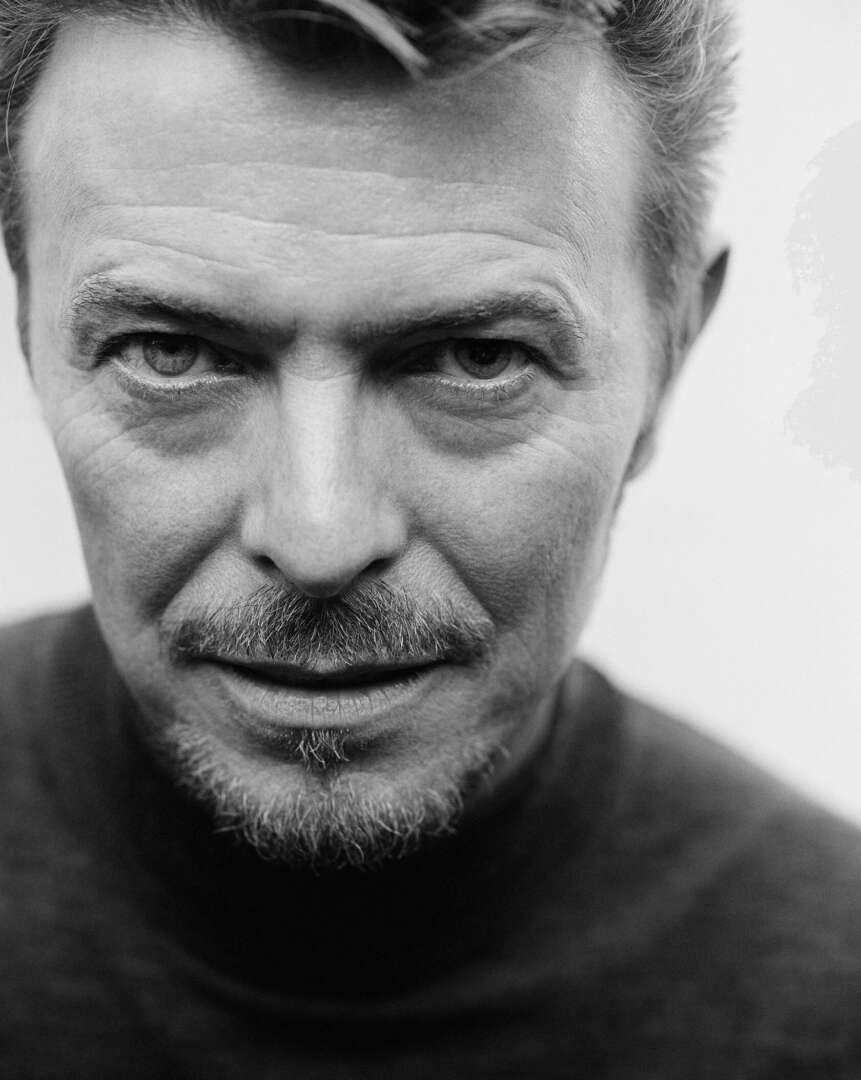
Awesome – so before we get into the rest of our questions, can you briefly introduce yourself to our readers.
As I mentioned in my previous answer, I got started kind of by accident really. A more traditional route into photography would be to assist another photographer or work at a studio. As soon as I left art school I started to get work, and it was pretty well paid. Back then an average magazine job paid £300 or more per day, so as I had very little overhead it wasn’t hard to survive as a 23 year old with no debt (I hate to say this, but college was free in the UK at that time). I had always loved magazines, popular culture etc. and to be in an industry where those 2 things were the currency was amazing. My first jobs were photographing people who were or soon were to be famous and I loved it! In my first 2 or 3 years I shot Quentin Tarantino, Kate Moss, Beck, The Beastie Boys…it happened quite quickly despite my inexperience. I also shot a lot of crappy jobs to pay the bills and after a couple of years I started to phase those out. An art director friend told me I had to decide if I wanted to be a “jobbing” photographer (i.e. just taking any assignment and doing what the client wanted ), or a “good” photographer: one who is hired for their vision, their style, their look.
This was very good advice, and I like to think I took the latter choice. I have a knack of being able to get people to relax and be themselves in front of the camera. Whether they are people who have never been photographed before or celebs who have been photographed hundreds of times, I really try to put them at ease and make them feel ok about being in front of the camera. That’s the first bit. Then I apply my graphic eye to the situation. I have always had a keen eye for a photograph as a design: How it will look in a layout or on a website or billboard, how it fits into the frame. As well as that I am very aware that time is a factor. I try to keep it moving. I constantly chat and encourage my subjects and make sure they don’t get bored. I move around and shoot multiple angles and crops, trying to get as much variety as possible in the time available.
I have been so fortunate to work all over the world and to have met so many interesting people and got to document something about them. I have been fastidious about maintaining my archive and this has been an amazing thing for me. I have boxes and boxes of images and negatives (as well as more recently hard drives) packed with images of people, places and things stretching back more than 30 years. I love that the photographs stand up today as part of a document of popular culture, style and history. Not in an arrogant way…I am just thrilled to have had time with so many people from all walks of life and to have come away with an image (or many images). I have often thought that any photographer wants to be able to take the photograph of somebody that becomes THE phtogorah of that person, perhaps the image of them that is remembered and published when they are no longer with us. A lofty aim, but one that inspires me to try really hard! My love of seeing an image I have made (whether immediately…through the magic of digital, or later…when the film is developed) has never diminished and I am fortunate to have found a profession that is something I love to do and have never got bored of.
Does your business have multiple or supplementary revenue streams (like a ATM machine at a barbershop, etc)?
I have been pretty good about maintaining my archive. For the first 17 years or so that I was working my images were all analog (i.e. shot on film). Despite moving many times (including a transatlantic relocation), with very few exceptions I have kept all of the images and every single negative from every single job of any importance. Basically my office is filled to the rafters with tubs containing negatives, contact sheets, prints, hard drives as well as copies of magazines, posters and memorabilia related to my career. I recently found out from a friend back in the UK that the stash of early jobs I had entrusted to him in 1999 were destroyed in a flood. Since then I have had flashbacks to the assignments that got washed away, but fortunately they were of no real value (dodgy fashion shoots mainly!) I had forgotten until he told me that I had left them with him when I moved to the US.
My filing system has some flaws, but has been quite successful.
I was completely unaware at the time I was making some of these images that they would generate supplementary revenue streams years later. I was lucky to be working for The Face magazine in London in the early 90s. The assignments that I shot for them as well as the assignments that my association with the magazine generated have provided me with a fabulous archive: Kate Moss, The Strokes, David Bowie, Amy Winehouse, Beastie Boys, Johnny Depp, Heath Ledger, De Niro, Scorcese, amongst many others that still generate interest. My Beastie boys images were featured in the recent book as well as the documentary that accompanied it, my image of Kate Moss was featured in the Apple TV documentary about fashion models, my Robbie Williams images were in the Netlix documentary about him. I had no idea at theme I took them that the photos would have resonance and relevance years later. I also sell limited edition fine art prints of some images. Thank God I kept them! I think it’s partly my collector/completist mentality rather than any foresight on my part.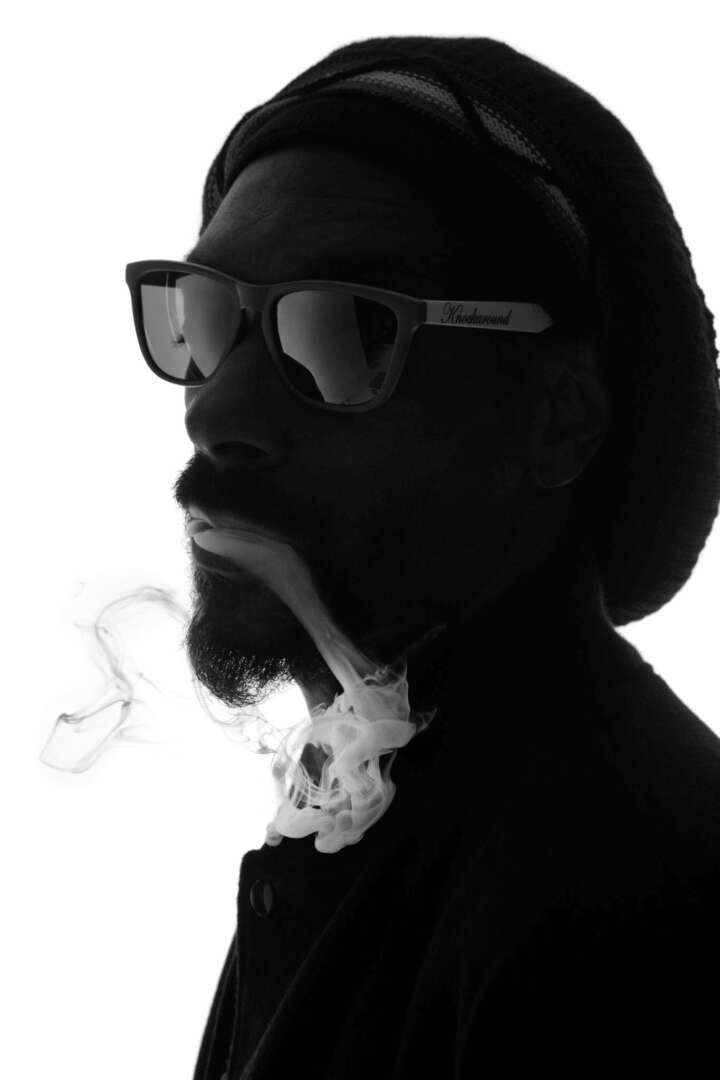
What’s the most rewarding aspect of being a creative in your experience?
These questions seem simple but are tough! It sounds corny but here goes:
As far as I can tell, the work of a photographer is divided into:
1. Having the idea or getting the phone call.
The legendary songwriter Sammy Cahn was often asked “which comes first – the words or the music?” His answer was “The phone call”. I can attest to the accuracy of this. I work really well to commission. Recently I have started some more self motivated projects. But in general I love to get a phone call asking me to be somewhere at a certain time to take a photograph of somebody.
2. The moment of “capture”.
You turn up at the appointed time having done all the necessary preproduction work. It might be close to home or somewhere 1000s of miles away. Whether it’s a huge studio job over a couple of days involving multiple art directors, set builders, stylists, hair and make up artists, clients or an address on an email telling you to be at a place you’ve never been before where you will have 15 minutes to get the photo the moment of “capture” is basically the same: You look through the camera at the subject, focus 100% on them and what you need to come away with. Everybody else around you fades into the background.
3. The edit.
You sit at a computer with a hard drive and start to wade through the possibly 1000s of images and start to try to pick out the ones that you like. It’s a gradual whittling away. The obvious rejects get trashed: blinking, pulling a weird expression. Then it gets narrowed down and down until you are left with the ones you consider to be the ONES (hopefully there are multiple “ones” for commercial as well as personal satisfaction).
4. Submit to the client.
Even after all these years, this is a nerve-racking time. Sit back and wait for feedback.
5. Getting the selection back from the client.
This can be joyous or frustrating. Sometimes you think they haven’t picked the ONE that you would have picked if you had to choose just one. However, that moment soon passes. From experience, photos take on a life of their own in the years after you have taken them.
Years later I have reviewed images of an actor or musician that I photographed and see something I can’t believe I missed at the time. On other occasions I stand by my original choice. The same friend (Grant Scott from British Elle and Tatler if he’s reading!) who told me to make a choice between “jobbing” and “good” photography also taught me how to shoot a portrait for a magazine. I turned in a session with a famous actress and it was not good. I had got the fear and basically shot the same photo over and over for the entire shoot. I still shudder thinking about it today and it was 30 years ago. He could have just never called me again, but he took the time to educate me, by showing me a shoot another photographer had done where they had done multiple set ups, wardrobe changes, wide shots, close shots, different locations. And all in an hour or two. Brilliant! I still think about that on every shoot. As time passes, fashions change, people age, their careers change the photos stay the same, but start to mean something different. That’s when you can find something new in something you did a lifetime ago.
6. Getting the final image ready.
Back in the day, I’d mark up the contacts, get a print made and move on. Now all of these images are sitting on my computer and I can’t help but tweak, crop, retouch, change the colors etc.
At moment of capture (See 2, above) you have isolated the moment in time. There’s no going back from that. Now in post production you have the chance to really look at the image and think about what you want it to mean or how you want it to look. In simple terms a photo is a record of the moment the shutter was depressed. But the post production allows it to take on a different meaning: a PHOTOGRAPHIC meaning.
The great photographer Richard Avedon once said: The moment an emotion or fact is transformed into a photograph it is no longer a fact but an opinion…All photographs are accurate. None of them is the truth.”
Once it is a 2 dimensional rendering on paper or a computer screen a photograph is subject to not only the eye an manipulation of the photographer, but also the viewer. It is open season for others to project onto it meaning that may have not been part of its conception, or the intention of the subject who sat for the photo. It’s a responsibility I take seriously to be fair to the subject but yet take the photo and have it become my possession. Sheesh…this is complicated!
7. Taking pride in the achievement.
I don’t want to sound arrogant or self-important, but I till take a lot of pride from looking back at moments I captured. Freezing these people in a time and place is a really interesting part of the process. Images take on a different meaning with the passing of time. Buildings change, fashions change, people age…but here they are at the moment you met them and pressed the shutter.
8. Move on.
There’s always something new, somebody interesting, a photo that hasn’t been taken yet!
I live in Brooklyn and for the last 4 years I have been documenting the changes around the Gowanus Canal. The area was an industrial zone that was heavily polluted for many years. It was recently rezoned for residential building and the resulting redevelopment has made a huge change to the neighborhood. I am fascinated by the before and after possibilities in this change as well as the beauty and ugliness of the construction and demolition that is going on. So I am busy taking photos of that.
So…that’s the long answer. The short one is that there are so many and varied aspects to the job. Making a living doing something I really love and still being as invested in it after many years is key. I absolutely love coming up with new and unexpected (to me at least) images. Knowing that I created these images and I can look back at them, as well as looking forward to making more gives me a sense of personal fulfillment and satisfaction.
Contact Info:
- Website: www.supervisionnewyork.com/jakechessum
- Instagram: @jakechessum
- Linkedin: Jake Chessum
- Other: www.farringdonprintshop.com

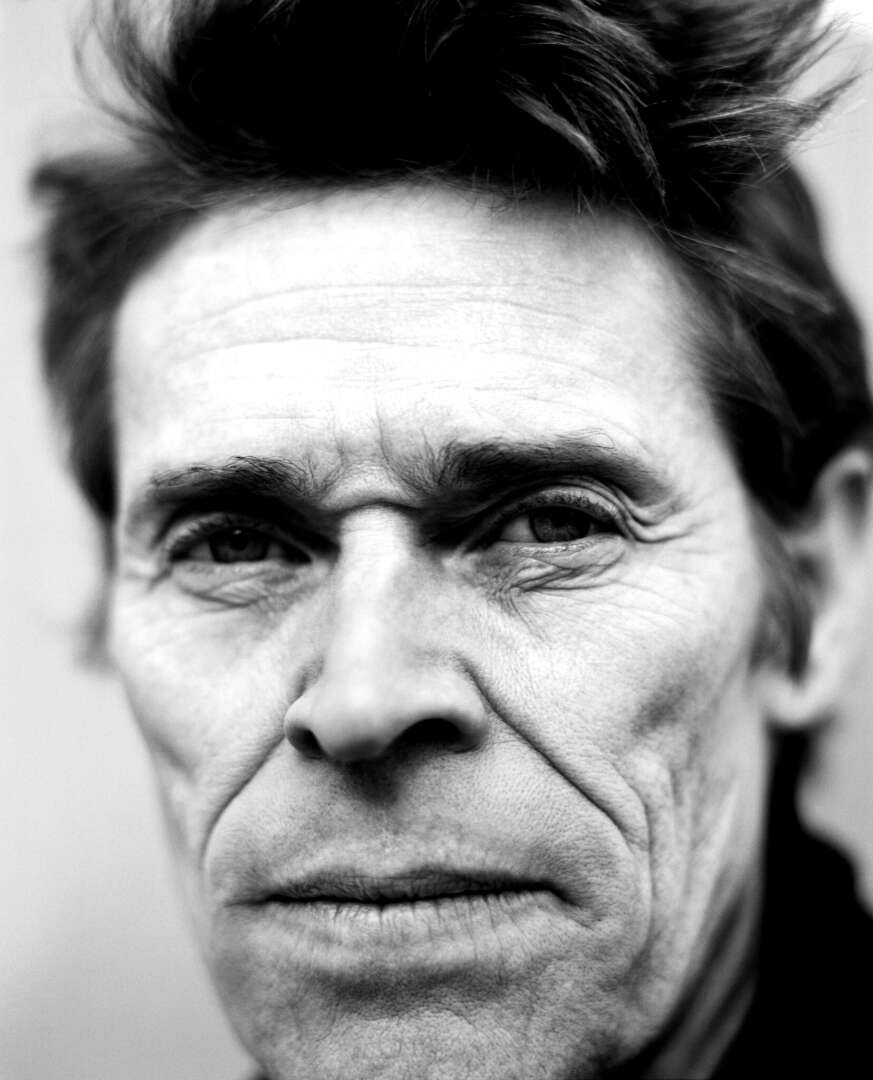
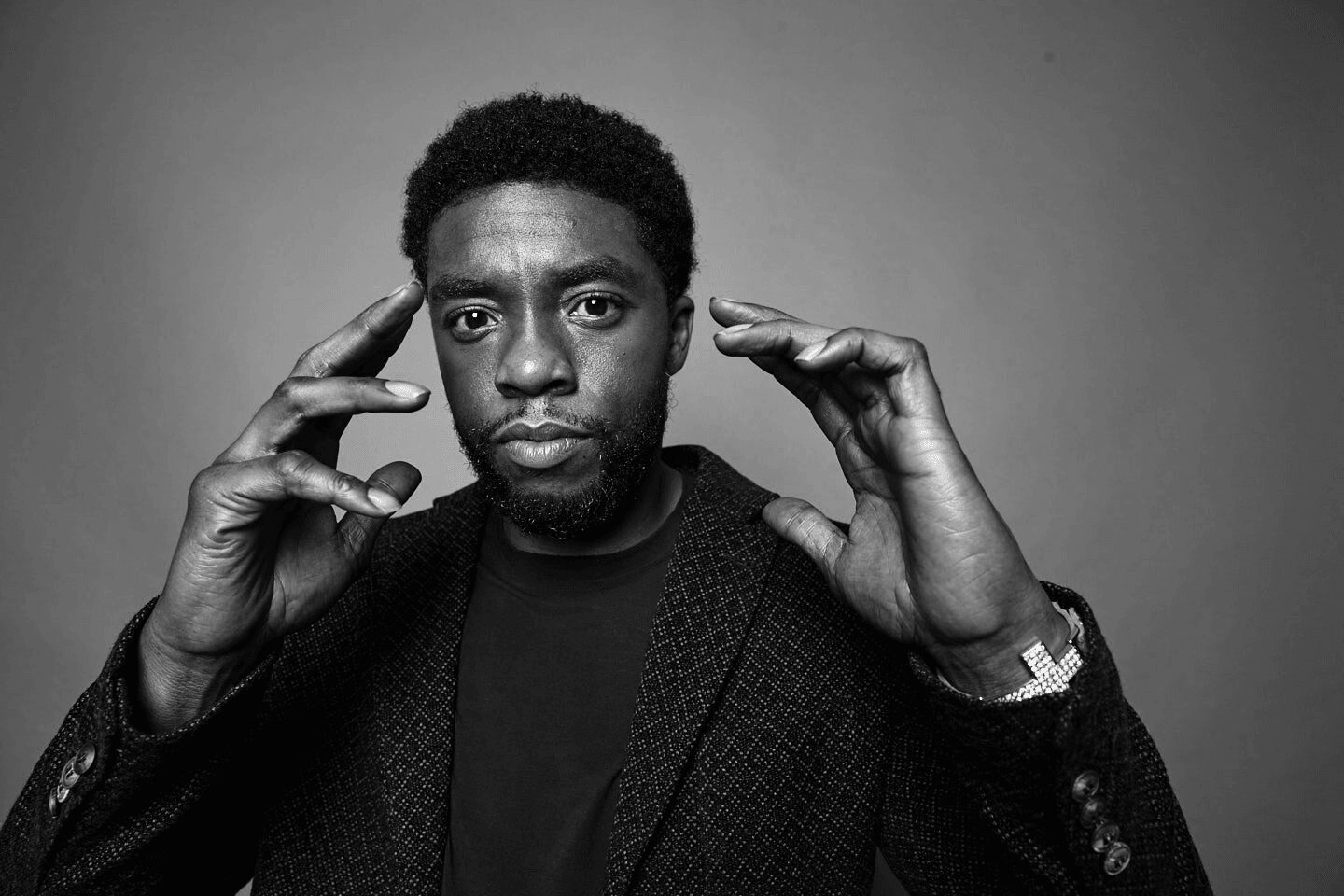

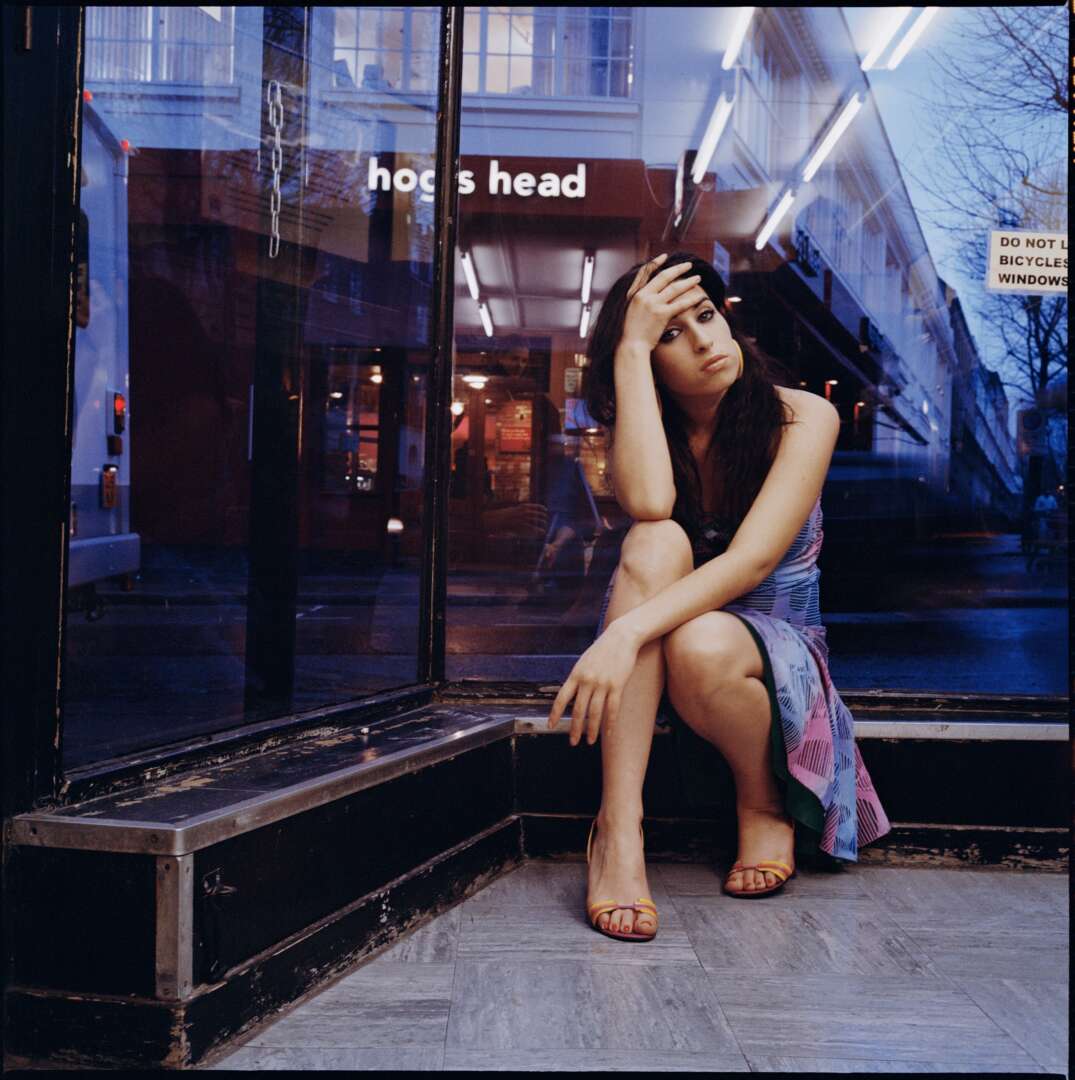


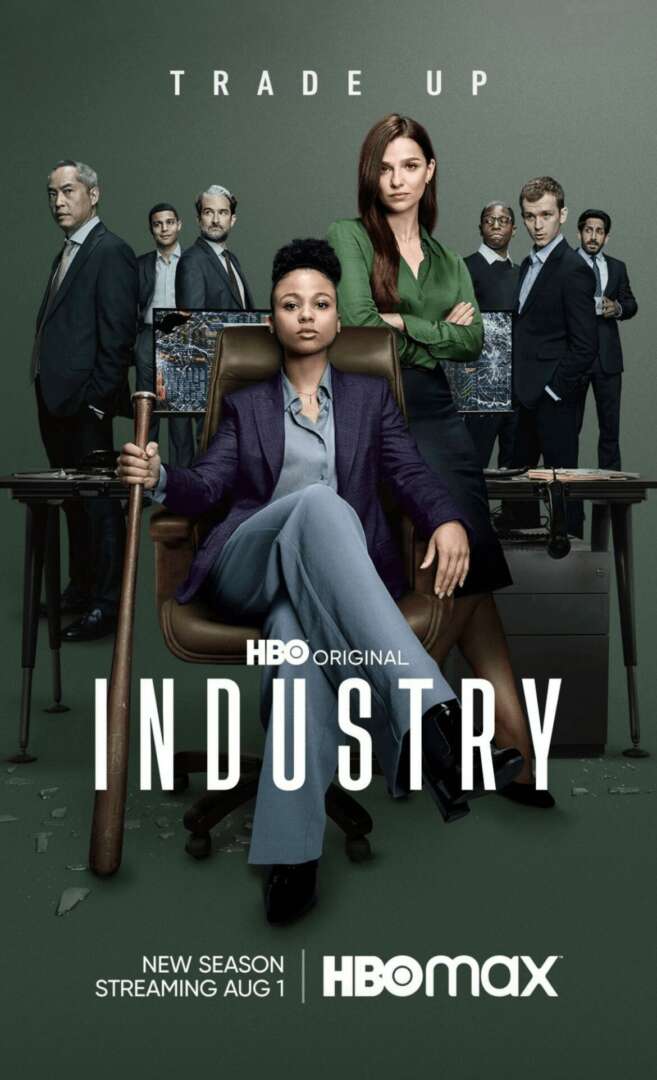

Image Credits
David Bowie, London 1995 Kate Moss, London, 1990 Snoop Dogg, LA, 2012 The Strokes, NYC, 2003 Willem Dafoe, NYC, 2011 Chadwick Boseman, Toronto, 2016 Robin Williams, NYC, 2013 Amy WInehosue, London, 2004 Anthony Bourdain, NYC, 2005 Brittany Murphy, NYC, 2002 Ted Lasso HBO INDUSTRY Benicio Del Toro, LA, 2000


